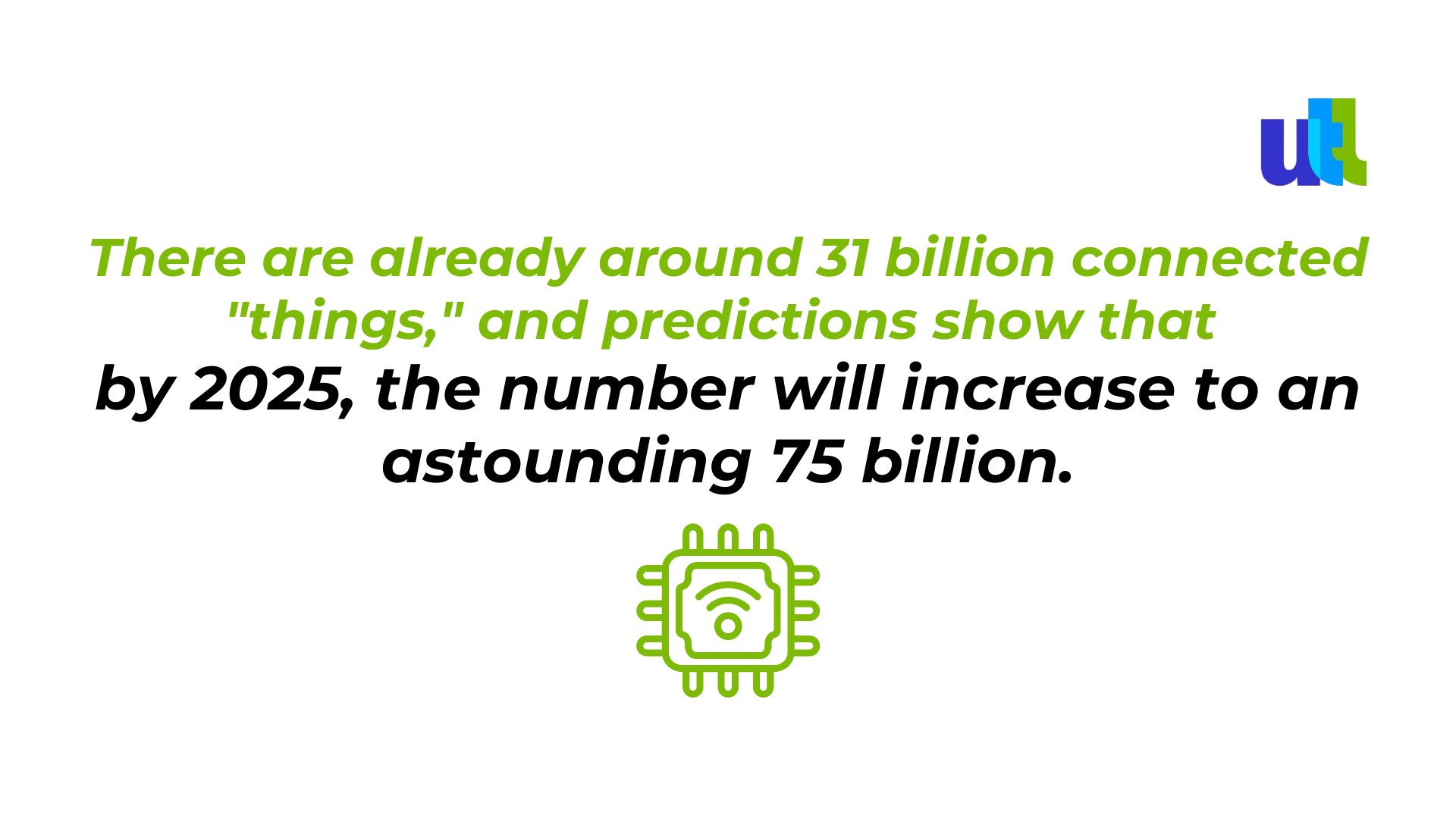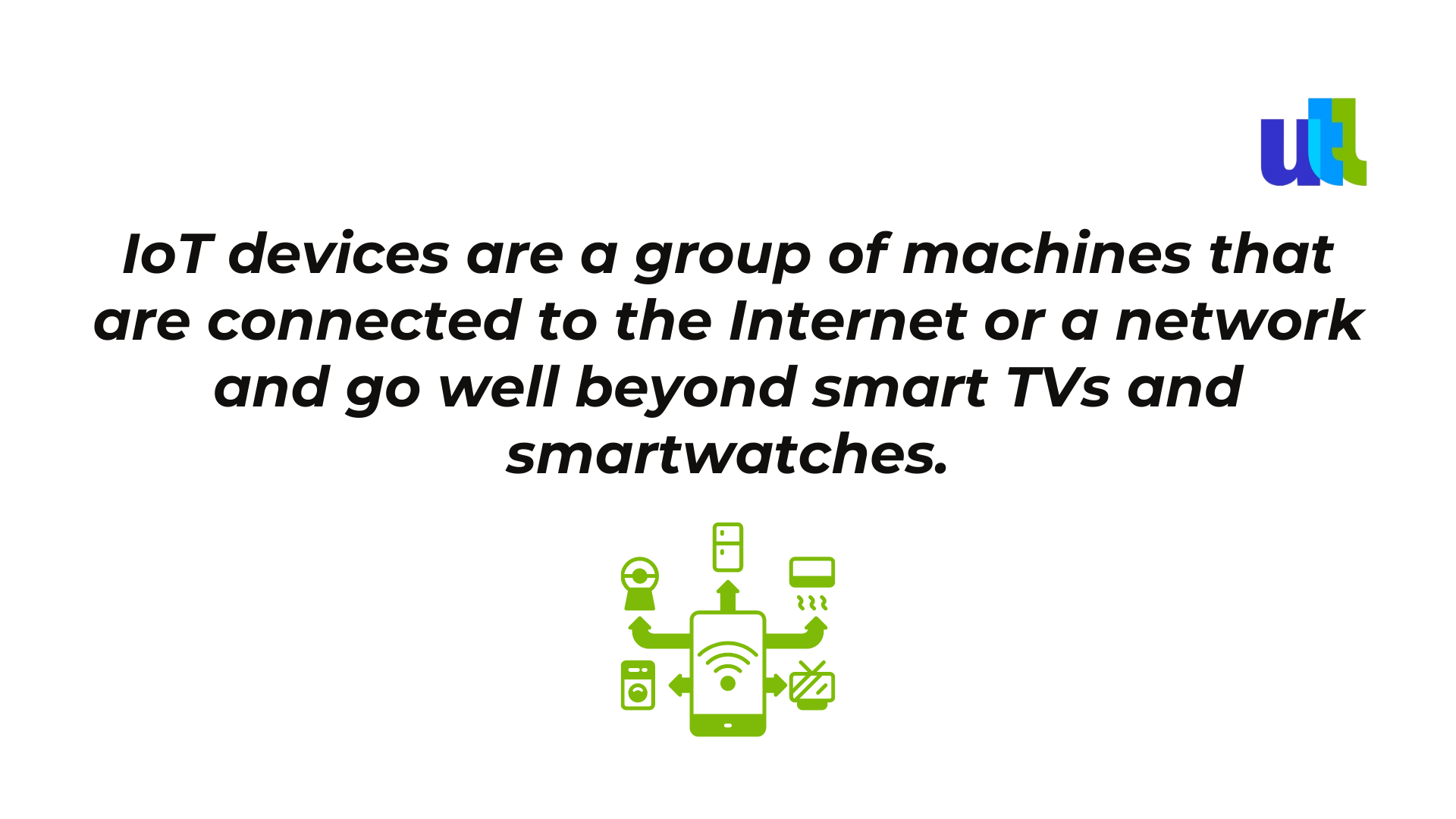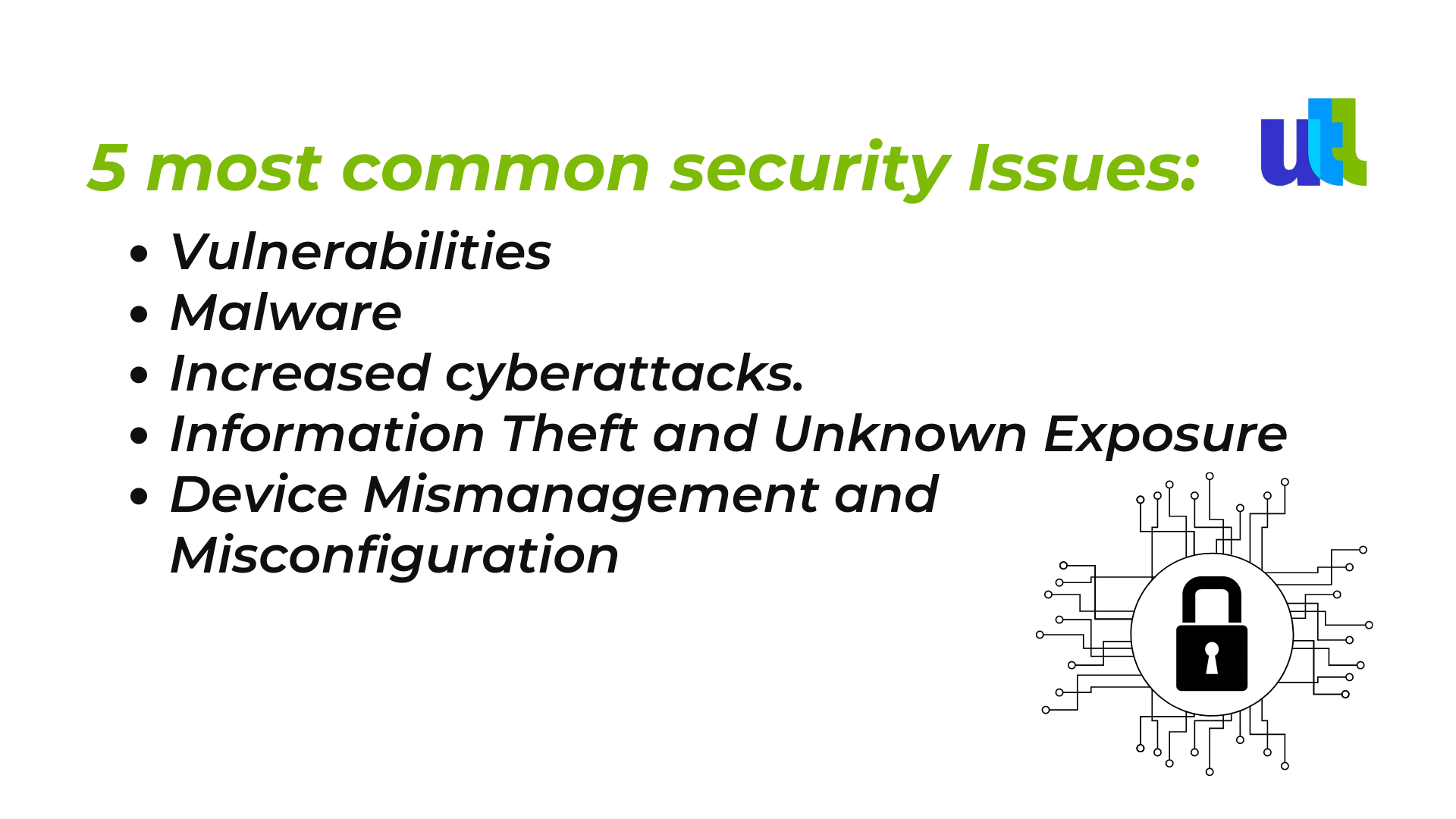The vast expansion of the internet of things (IoT) has forced the evolution of its security measures as well. Smart objects have seamlessly integrated themselves into every aspect of our lives, spanning factories, cities, buildings, healthcare institutions, and private homes.
IoT security has become a big issue for society in the roughly three decades since it first emerged. The extensive use and interconnected nature of IoT devices have made them vulnerable to cyberattacks, impacting multiple stakeholders on a widespread scale.

The smart home market is dominated by appliances like TVs, set-top boxes, entertainment systems, speakers, lights, and heating sensors. These gadgets have the capacity to discreetly observe people without drawing attention to themselves. Contrary to the customers’ expectations that IoT devices only listen when the voice command is said, they may listen, analyze or even store private communications.
With the growth of applications, IoT security has become a major problem. Because of the limited computing power and scalability constraints of IoT devices, the traditional IT security objectives of confidentiality, integrity, and accountability face numerous limitations. For this reason, strong security models appropriate for the IoT must be built in order to win user acceptability.
With the number of IoT devices projected to exceed 75 billion by 2025, the need for enhanced security measures is pressing. In this blog post we discover how the IoT security market, estimated to reach a capitalization of $36.6 billion by 2025, presents both challenges and opportunities in the evolving landscape of IoT security.
IoT devices in short
Understanding the nature of IoT devices is crucial to understanding the scope of the internet of things (IoT) and the security challenges it presents. These components make up the IoT ecosystem, and the variety of their features adds to the complexity of IoT security.

An IoT device can, at its core, connect to the internet and interact with its environment by gathering and exchanging data. These gadgets typically have a small computing power and perform particular tasks that are adapted to their intended use. There are an infinite number of potential applications across different environments due to the sheer diversity of IoT devices.
The idea of "smart homes" is an illustration of how IoT devices are accessible to regular users. Users can improve their home security with a straightforward purchase by using gadgets like smart locks, IP cameras, and motion sensors. Additionally, IoT gadgets are frequently portable, allowing users to easily switch between using them at home and at work, as demonstrated by smartwatches and e-readers.
IoT device diversity offers users a wide range of alternatives, but it also leads to the fragmentation of the IoT ecosystem and raises serious security issues. For example, device mobility raises the chance that attacks will breach various networks, so escalating security vulnerabilities. These issues require serious considerations for IoT security.
Threats and Risks:
IoT security is significant due to the increased attack surface it offers, which is vulnerable to the same dangers that frequently attack networks. Insecure user behaviors and businesses without the tools or expertise to properly safeguard their IoT ecosystems worsen these concerns.
5 most common security Issues:

Vulnerabilities. IoT devices are vulnerable for a number of reasons, one of which is their limited processing power, which makes it difficult to incorporate built-in security measures. The cost of devices and their quick development cycles also have an impact on the budgetary restrictions for creating and testing secure firmware, which adds to the widespread nature of vulnerabilities. In addition to the hardware itself, IoT device vulnerabilities in web apps and associated software can result in compromised systems.
Operators of malware diligently look for such chances, especially focusing on earlier weaknesses.
Malware: IoT devices are vulnerable to malware attacks despite their limited computing capacity, which cybercriminals have successfully exploited in recent years. IoT botnet malware is one of the most common varieties and is well-known for its adaptability and profitability.
Increased cyberattacks: Distributed denial-of-service (DDoS) attacks typically use infected devices as conduits. Hacked devices may be used as attack bases to spread malware and conceal illegal activity, or they may serve as gateways for lateral movement within corporate networks. While businesses might appear to be more attractive targets, an alarming amount of unforeseen cyberattacks also target smart homes.
Information Theft and Unknown Exposure: Connected gadgets increase the chance of internet exposure, raising the risk of unintentionally storing and aiming for sensitive technical and personal information within these devices.
Device Mismanagement and Misconfiguration: Security errors, poor password hygiene, and general device mismanagement all play a big role in the success of these threats. Users might also lack the skills and expertise to put in place appropriate security measures, needing assistance from manufacturers and service providers to improve customer safety.
Addressing Emerging Challenges
As the IoT landscape continues to expand, new issues arise that demand close monitoring and attention. Here are some emerging challenges to be aware of:
1. Complex Environments: The typical American family had access to about 10 connected devices in 2020. When at least 10 IoT devices form an interconnected web, the difficulty of the environment becomes overwhelming for individuals to oversee and manage. In these situations, mistakes can have serious consequences and even threaten household security.
2. Influence of Remote Work: The COVID-19 epidemic drove broad adoption of work-from-home (WFH) arrangements, which increased dependency on home networks and Internet of Things (IoT) devices. The change in working conditions highlights the need to reevaluate IoT security procedures in remote work setting.
3. 5G Connectivity: The excitement surrounding the switch to 5G opens up new opportunities for technological advancement.
Understanding IoT Security
In order to reduce the danger of cyberattacks, IoT security refers to the precautions used to secure IoT devices connected across networks. Strong security is essential because IoT devices could be used as points of entry by hackers trying to get past network defenses.
The IoT ecosystem is made up of a variety of entities, each with its own functions, interfaces, workings, and technology. It's possible that using the same security architecture as for other assets won't produce the intended cybersecurity results. As a result, enterprises trying to protect their assets from unwanted assaults must prioritize IoT security.
5 ways to secure your IoT devices
While there isn't a one-size-fits-all approach to solving the security issues, the following tactics and procedures can assist lower risks and fend off threats:
1. Assign one person: Even in home environments, having a designated person in charge of monitoring IoT networks and devices helps reduce security lapses and risks. In WFH setups, when IT professionals have little control over safeguarding home networks that now affect business networks, this job becomes crucial.
2. Regularly update flaws: Consistent monitoring and applying firmware updates and patches are essential to addressing vulnerabilities. Cybercriminals take advantage of outdated flaws, highlighting how crucial it is to keep equipment updated.
98% of all IoT traffic is not encrypted, exposing private and sensitive data. Source: IoT Business News
3. Increase your password security: We all know that using strong passwords can help stop many types of cyberattacks, however not all of us adopt it. To increase security, password managers can help create and store strong, one-of-a-kind passwords.
4. Prioritize Wi-Fi Security: For IoT protection, improving Wi-Fi security is crucial. A more secure network environment can be achieved by taking measures like turning on the router firewall, disabling WPS, turning on WPA2 security protocol, and utilizing strong Wi-Fi passwords.
5. Monitor Network Behavior: By understanding the average speed and capacity used by devices and the network, it is possible to spot irregularities that could point to malware problems or unwanted activity.
Final words
In conclusion, the Internet of Things (IoT) has grown quickly, creating a critical need for strong security measures to safeguard the digitally connected world we live in. IoT device vulnerabilities to cyberattacks have emerged as a serious concern affecting numerous stakeholders as these devices are smoothly integrating into various aspects of our life, from homes to cities and industries.
IoT ecosystems are significantly at danger from a number of widespread security challenges, including vulnerabilities, malware, increased cyberattacks, information theft, and device mismanagement. These concerns are worsened by user actions that aren't secure and a lack of knowledge about how to secure IoT setups.
It is essential to be cautious and adjust to newly developing problems in order to address these obstacles. IoT security protocols must be continuously monitored and reevaluated.
While there isn't one approach that works for all IoT devices, there are a number of options. To reduce risks and defend against threats, it's crucial to designate a specific person to keep an eye on IoT networks, update firmware frequently, increase password security, prioritize Wi-Fi security, and monitor network activities.
It is critical to understand that, as we work our way through the IoT security minefield, safeguarding the interconnected world requires a proactive and multifaceted strategy. We can build a safer and more secure IoT ecosystem for everyone by deploying robust security measures, being educated about new problems, and implementing best practices.
Want to learn more about possible IoT security solutions or have your own idea wishing to develop? Contact our skilled IoT experts today and bring your idea to light.
For free consultation about IoT security click here.
----------------------------------------------------------------------------------------------
View the full presentation:
WRITTEN BY
Sofia Kutko
2023-06-05














































































































































































